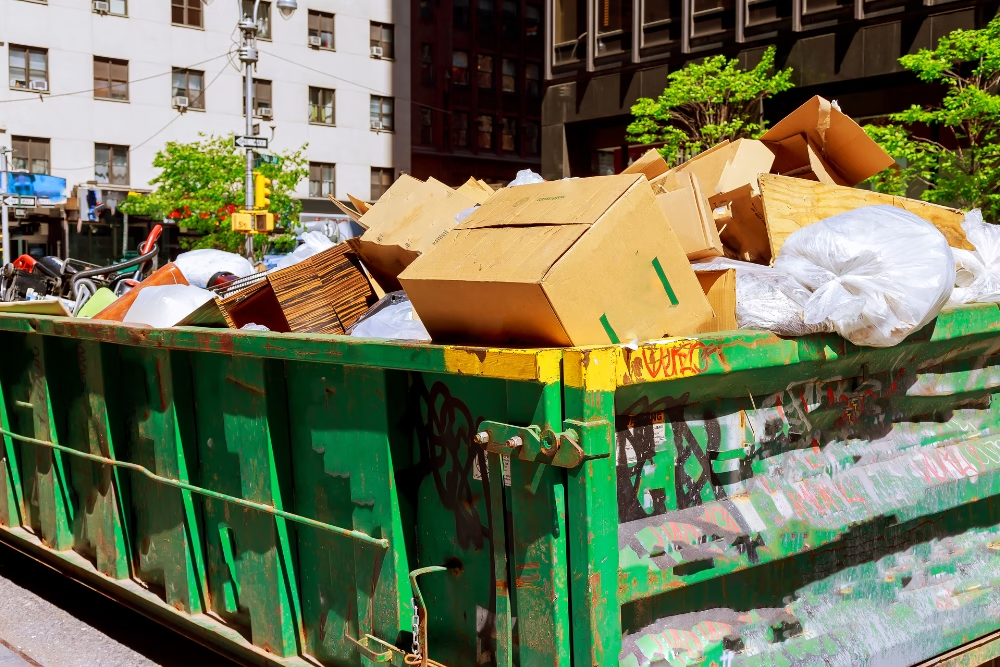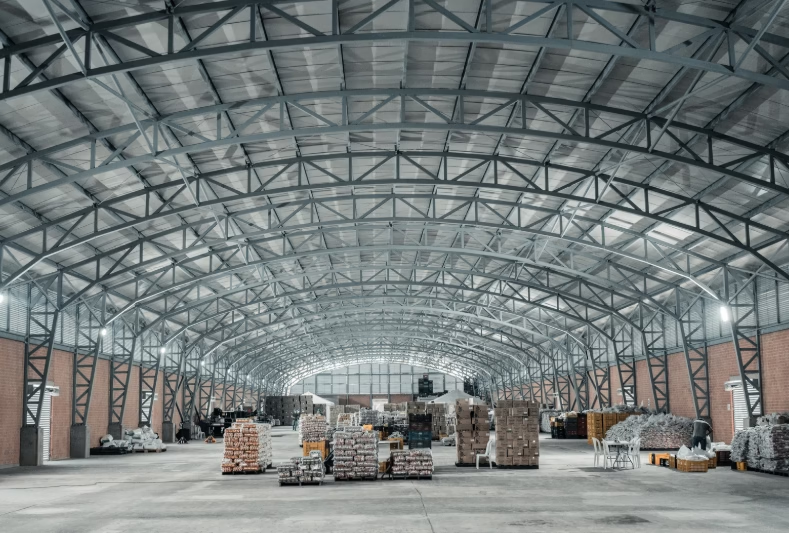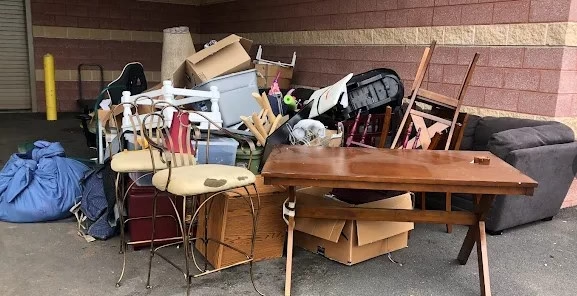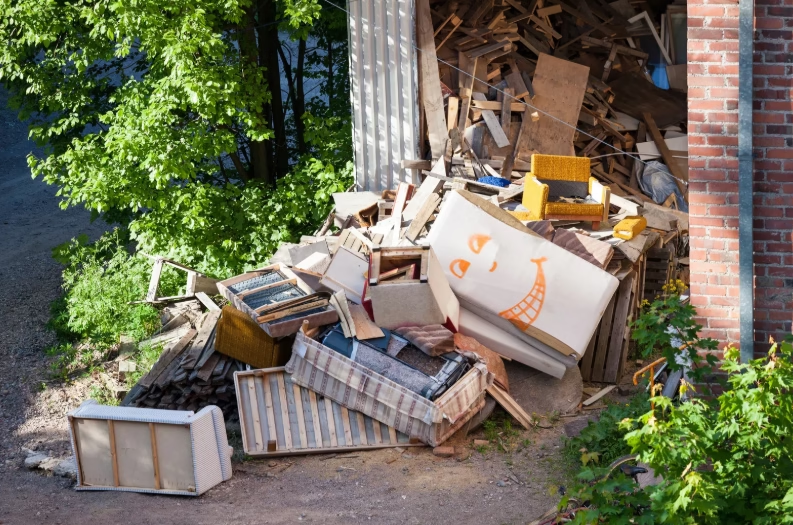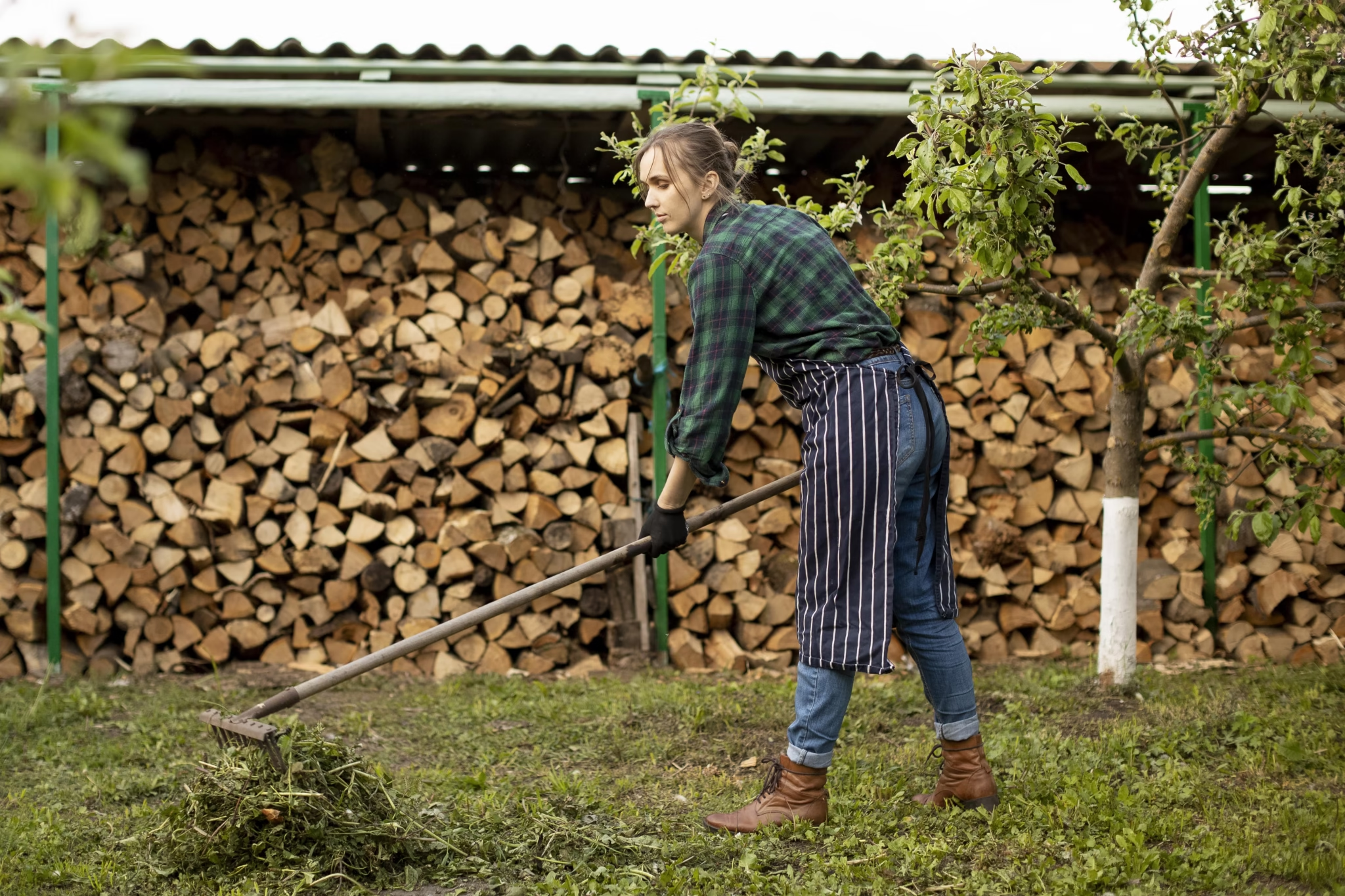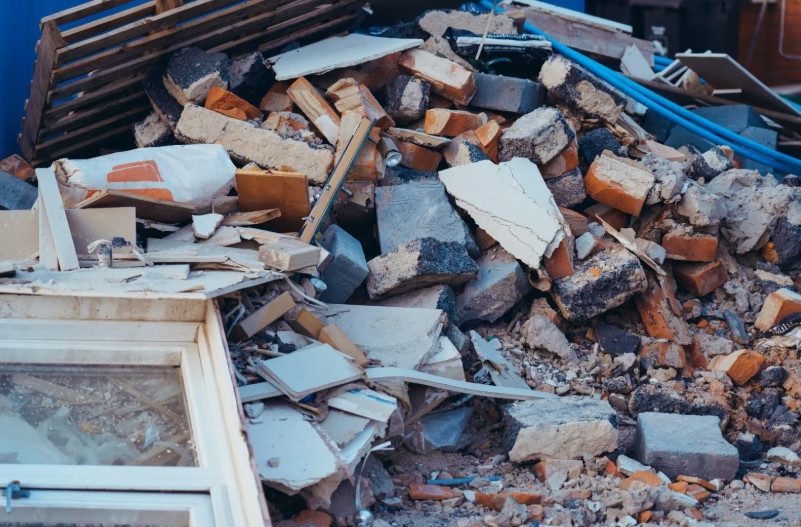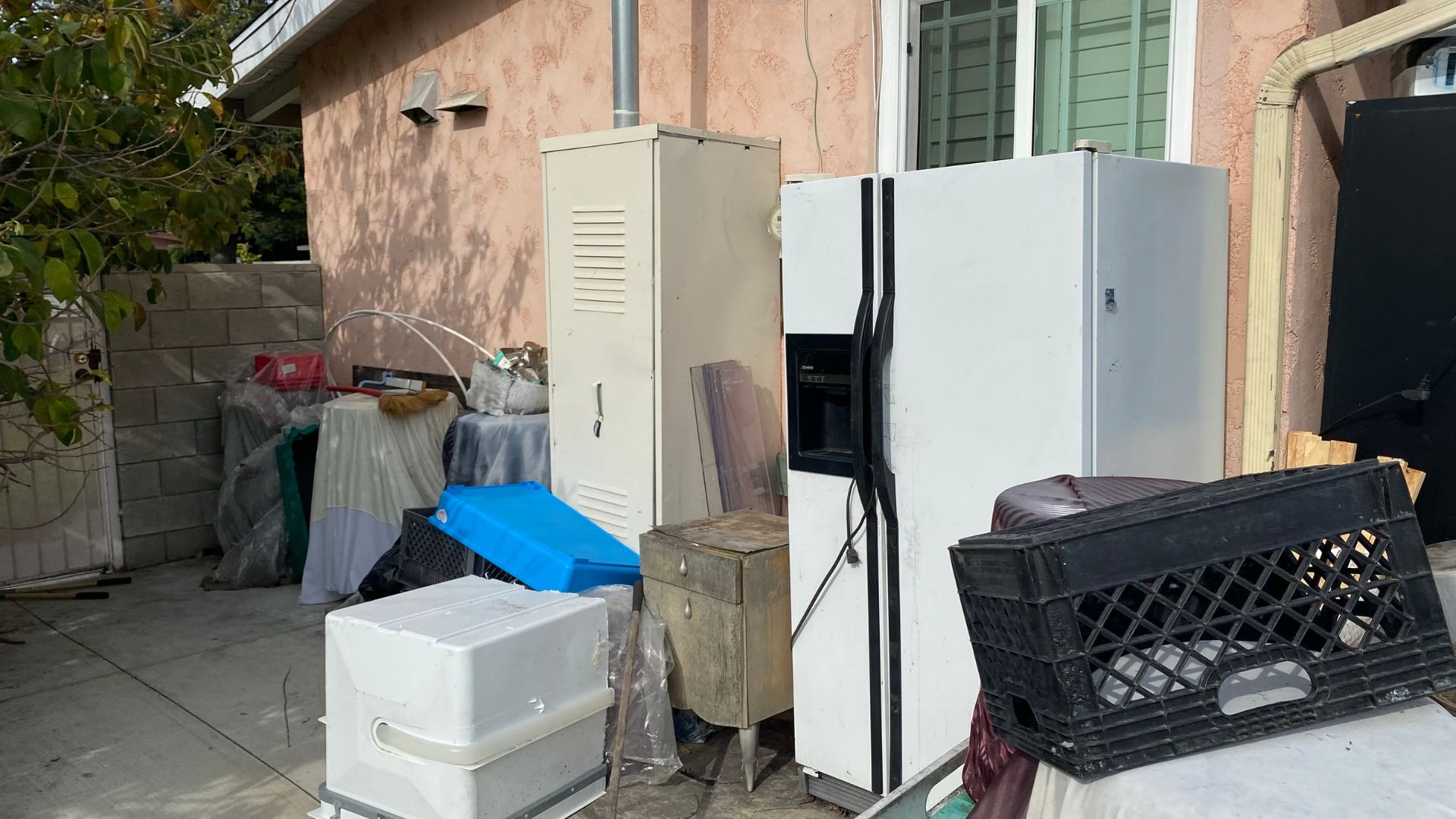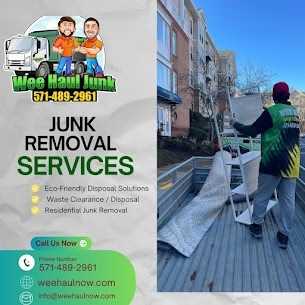Finding a reliable service for clearing out bulky or unwanted items can be challenging, but Junk Removal near me makes large item disposal stress free and manageable. Many homeowners and renters struggle with old furniture, broken appliances, and other oversized items that are difficult to move and dispose of safely. With professional junk removal services nearby, these obstacles can be handled efficiently, saving time, effort, and unnecessary strain. Junk Removal near me ensures that each item is removed carefully, whether it’s from a living room, garage, or backyard. Beyond convenience, using a local service helps maintain a clean and organized environment while supporting responsible disposal practices. Large item removal becomes straightforward, leaving spaces clutter-free and ready for new use.
Fast and Efficient Large Item Pickup
Using Junk Removal near me allows homeowners to quickly get rid of heavy or cumbersome items that are otherwise difficult to manage. Professional teams arrive equipped with the right tools and vehicles, ensuring that furniture, appliances, and other oversized items are safely lifted and transported without damage to property. Efficiency is a priority, and local services often provide same-day or scheduled pickups that fit individual timelines. This approach minimizes disruption, prevents injury, and streamlines the process, giving property owners more time to focus on other priorities while enjoying a clean, organized living environment.
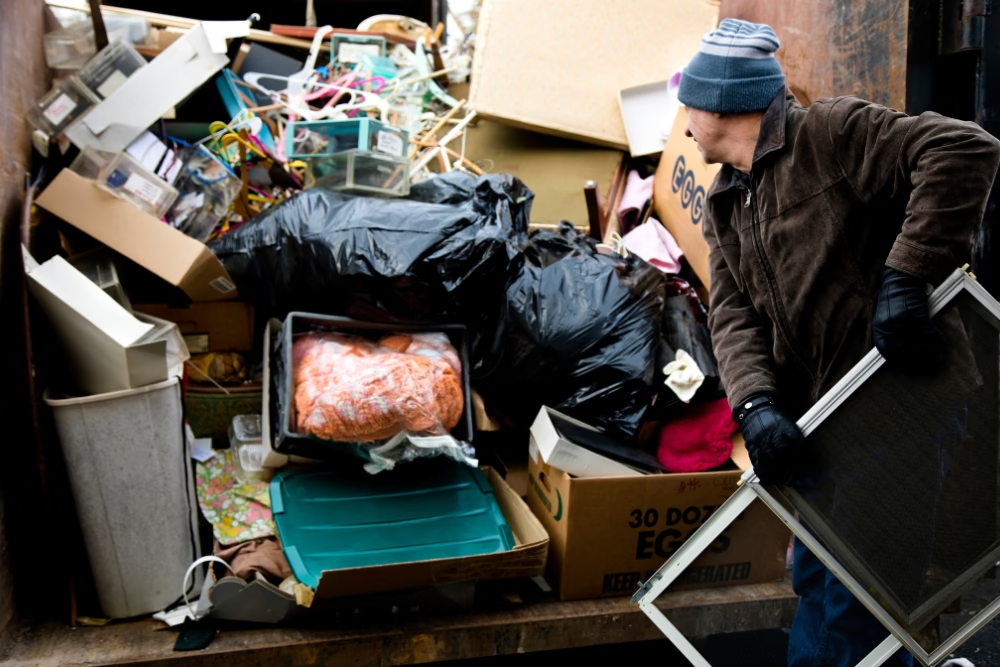
Safe Handling of Heavy Furniture
Moving large furniture without proper equipment or assistance can be hazardous. Junk Removal near me offers trained professionals who handle heavy items carefully to prevent accidents and property damage. Whether it’s a sofa, dresser, or bed frame, experienced crews know the best techniques for lifting, maneuvering, and loading. Safety protocols are followed to protect both the household and the removal team. Using nearby services reduces the risks associated with DIY moving, ensuring a secure, stress-free experience.
Proper Lifting Techniques
Using correct lifting methods is essential to avoid injury and property damage. Junk Removal near me ensures all heavy furniture is lifted safely, distributing weight evenly and reducing strain, protecting both the crew and household surfaces during removal.
Professional Equipment Use
Trained teams arrive with specialized tools and dollies to move bulky items efficiently. Junk Removal near me leverages equipment to handle sofas, dressers, and beds, minimizing risk and ensuring safe transport without scratching floors or walls.
Team Coordination and Safety
Experienced crews work together, communicating clearly while maneuvering large pieces. Junk Removal near me relies on teamwork to navigate tight spaces, stairs, and doorways, keeping both homeowners and staff safe throughout the removal process.
Protection of Home Interiors
Maintaining the integrity of floors, walls, and doorframes is crucial. Junk Removal near me uses padding and careful handling techniques, ensuring heavy furniture is removed without leaving marks or causing accidental damage.
Stress-Free Furniture Removal
Homeowners can avoid physical strain by hiring experts. Junk Removal near me handles bulky furniture safely and efficiently, providing a smooth, worry-free experience while clearing space and keeping homes organized.
Responsible Appliance Disposal
Old appliances often contain materials that require special handling. Junk Removal near me provides proper disposal methods for refrigerators, washers, dryers, and other equipment. These services comply with local regulations, ensuring that items are recycled or discarded in an environmentally responsible manner. By working with local professionals, homeowners avoid potential fines or hazards associated with improper disposal. Additionally, nearby teams can often transport appliances directly to recycling centers or donation facilities, keeping usable components out of landfills. Responsible removal ensures homes remain safe, clean, and clutter-free while contributing to sustainability efforts in the community.
Clearing Garage and Storage Spaces
Garages, basements, and storage rooms frequently accumulate oversized clutter that becomes hard to manage. Junk Removal near me specializes in clearing these spaces efficiently. Professional crews remove unwanted furniture, equipment, and other bulky items, transforming crowded areas into usable spaces. This process not only improves organization but also enhances safety by reducing tripping hazards and blocked pathways. Local services understand the unique challenges of confined or cluttered areas, ensuring items are removed carefully without damage. A clean, accessible storage area increases functionality and provides homeowners with the freedom to repurpose these spaces for projects, hobbies, or additional storage.
Reducing Stress During Moves
Moving homes or offices can be stressful, especially when dealing with large, heavy items. Junk Removal near me offers support that simplifies the process by removing items that are no longer needed before relocation. This ensures spaces are ready for packing or new tenants without extra effort. Professionals handle lifting, transportation, and disposal efficiently, freeing homeowners from the physical and mental burden of moving oversized objects. Local removal services provide flexible scheduling and reliable support, reducing overall moving stress. By clearing clutter beforehand, property owners experience a smoother transition and a more organized, manageable move.
Enhancing Outdoor Spaces
Bulky items often accumulate in yards, patios, and back gardens, making outdoor spaces difficult to enjoy. Junk Removal near me provides efficient removal of large debris, broken furniture, and old equipment from these areas. With professional help, homeowners can reclaim patios, driveways, and gardens for leisure, landscaping, or storage. Local services ensure items are removed safely and disposed of responsibly, leaving spaces clean and functional.
Reclaim Your Patio and Driveway
Bulky items in patios and driveways limit outdoor enjoyment. Junk Removal near me efficiently clears debris, broken furniture, and old equipment. Removing clutter transforms these spaces into functional areas for entertaining, relaxation, and everyday use.
Safe Removal of Outdoor Debris
Professional services ensure large items are handled safely. Junk Removal near me protects property and prevents injury while removing old equipment or furniture. Careful handling guarantees yards, gardens, and patios remain intact and damage-free during the cleanup process.
Maximize Garden Functionality
Cluttered gardens reduce usability and appeal. With Junk Removal near me, homeowners can clear debris, creating space for planting, seating areas, or recreational use. Clean, organized gardens enhance aesthetics and make outdoor spaces more inviting and practical.
Responsible Disposal Practices
Removing large outdoor items responsibly is essential. Junk Removal near me ensures debris and old furniture are disposed of properly, often recycling or donating usable materials. Eco-friendly removal protects the environment while keeping yards clean and clutter-free.
Transform Outdoor Living Areas
Neglected backyards and patios can become unusable due to bulky items. Junk Removal near me clears these spaces, turning them into functional, appealing outdoor living areas. Clean, organized yards encourage relaxation, social gatherings, and better use of available space.
Supporting Eco-Friendly Disposal Practices
Proper waste management is critical for both safety and the environment. Junk Removal near me emphasizes eco-conscious disposal of large items, ensuring that furniture, appliances, and debris are recycled, donated, or disposed of responsibly. Local services often partner with recycling centers or charitable organizations to minimize landfill waste. By choosing nearby professionals, homeowners contribute to environmental sustainability while keeping homes clutter-free. Eco-friendly removal practices help communities reduce waste impact and promote responsible consumption. Safe, organized disposal of oversized items benefits both the property and the planet, creating a positive outcome for homeowners and the environment alike.
Conclusion
Large item disposal doesn’t have to be overwhelming when you rely on Junk Removal near me services. By choosing professional assistance, homeowners in Church, VA can clear bulky furniture, appliances, and other oversized items quickly and safely. Efficient removal not only frees up space but also creates a cleaner, more organized environment for everyday living. Junk Removal near me ensures every item is handled with care and disposed of responsibly, providing peace of mind while transforming cluttered areas into functional spaces.
For reliable large item removal in Church, VA, contact Wee Haul Junk Removal & Hauling today at 571-489-2961. Our team is ready to schedule prompt pickups, manage heavy lifting, and provide stress-free junk removal tailored to your needs. Reclaim your space with trusted local professionals who make the process simple, safe, and efficient.


